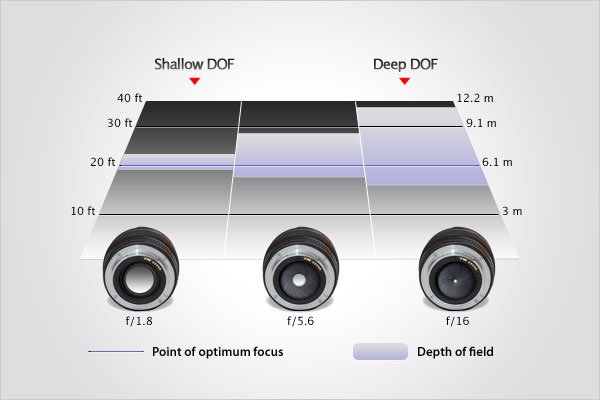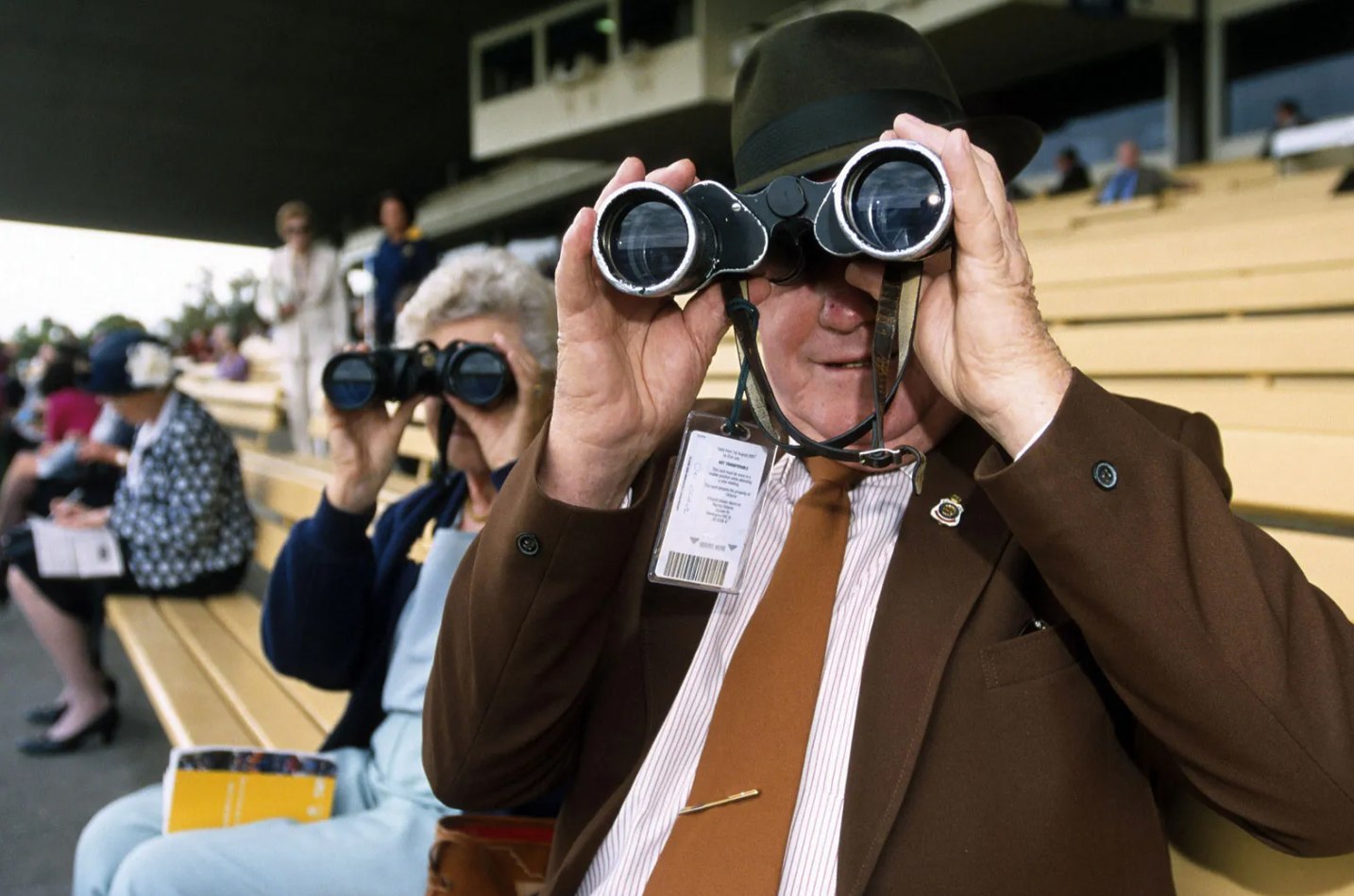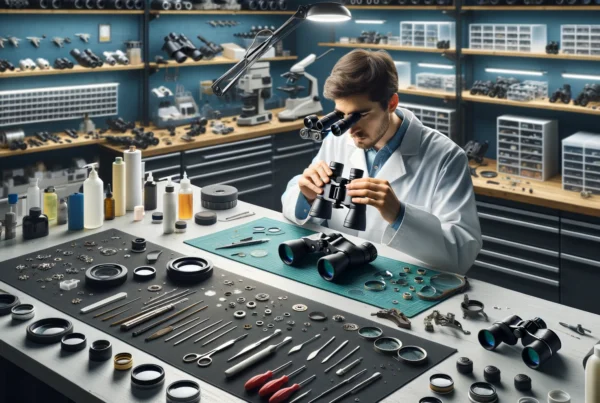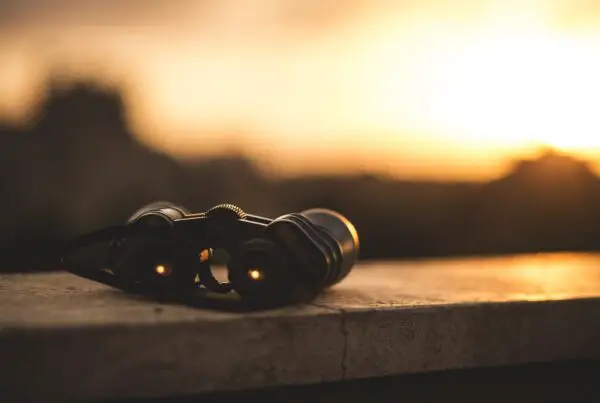Contents
Binoculars are powerful optical devices that bring the distant world into focus, allowing us to observe wildlife, enjoy sports events, stargaze, and explore the wonders of nature with remarkable clarity.
Depth of field (DoF) is an important concept in photography that refers to the distance between the nearest and farthest objects in a scene that appear acceptably sharp in an image.
In binoculars, depth of field is the range of objects from foreground to background seen in focus without moving the focus dial.
In this article, we will explore the factors that affect depth of field in binoculars and how it impacts focus and image quality.
Factors Affecting Depth of Field
Several factors can affect the depth of field in binoculars, including:
Aperture: The size of the aperture affects the amount of light that enters the binoculars and, therefore, the depth of field. A larger aperture allows more light to enter, resulting in a shallower depth of field.
Focal length: The focal length of the binoculars also affects the depth of field. Longer focal lengths result in a shallower depth of field, while shorter focal lengths result in a deeper depth of field.
Distance from the subject: The distance between the binoculars and the subject also affects the depth of field. The closer the binoculars are to the subject, the shallower the depth of field.
Magnification: Higher magnification results in a shallower depth of field, while lower magnification results in a deeper depth of field.
Lens quality: The quality of the lenses used in the binoculars can also affect the depth of field. High-quality lenses can produce a shallower depth of field than lower-quality lenses.
Eye relief: The distance between the eyepiece and the eye also affects the depth of field. Longer eye relief results in a shallower depth of field, while shorter eye relief results in a deeper depth of field.

Enhancing Your Viewing Experience
Now that we’ve explored how depth of field impacts focus and image quality in binoculars, let’s uncover some practical tips to enhance your viewing experiences:
Choosing the Right Pair: Consider the intended use of the binoculars and select one with an appropriate aperture and magnification combination. For general purposes like birdwatching, a mid-range magnification (8x or 10x) and a moderate aperture size (around 42 mm) often strike a good balance.
Steady Your Hands or Use a Tripod: Higher magnification binoculars can amplify hand tremors, causing shaky images. To maintain focus and image stability, try steadying your hands against a stable surface or use a tripod for extended observations.
Practice Eye Relief Adjustment: Experiment with the eye relief setting to find the most comfortable position that maximizes your depth of field. This will ensure that you get the best view without compromising on clarity.
Regular Maintenance: Keep your binoculars clean and in good condition. Regularly clean the lenses to remove dust and smudges, which can impact image clarity.
Practical Implications of Depth of Field:
Understanding depth of field has practical implications for various activities where binoculars are commonly used:
- Birdwatching: Birdwatchers benefit from a deeper depth of field, allowing them to observe birds at different distances while maintaining focus on the entire scene. This is especially useful when birds are perched at various heights in a tree or flying at different distances.
- Stargazing: Astronomy enthusiasts may prefer higher magnification binoculars to observe celestial objects in greater detail. However, they need to consider the trade-off with depth of field, as it may become challenging to focus on multiple stars or celestial bodies at once.
- Sports Events: Higher magnification binoculars can be advantageous for observing sporting events, as they bring distant players and action closer. However, a compromise on the depth of field may be necessary to achieve this level of detail.
Impact on Focus and Image Quality
The depth of field in binoculars can have a significant impact on focus and image quality. A shallow depth of field can result in a blurred background, which can be useful for isolating a subject from its surroundings.

However, it can also make it more difficult to keep the subject in focus, especially if it is moving. A deeper depth of field can result in a sharper image overall, but it can also make it more difficult to isolate the subject from its surroundings.
Frequently Asked Questions (FAQs)
What is depth of field in binoculars, and why is it important?
Depth of field in binoculars refers to the range of distances within which objects appear sharply focused when viewed through the lenses. Understanding depth of field is crucial because it determines how much of the observed scene will be clear and in focus, while objects outside this range may appear blurry. It directly impacts the level of detail and image quality you can achieve during your observations.
How does the aperture size affect depth of field in binoculars?
The aperture size, represented by the diameter of the objective lens, affects depth of field in binoculars. Larger apertures allow more light to enter the binoculars, resulting in brighter images. However, larger apertures also lead to shallower depth of field, where only objects at specific distances will be in focus. Smaller apertures, on the other hand, provide a deeper depth of field, allowing a broader range of distances to remain in focus simultaneously.
Can you explain the relationship between magnification and depth of field?
Magnification is the power of the binoculars to enlarge the image of the observed object. Higher magnification brings distant objects closer, making it ideal for detailed observations. However, higher magnification also leads to a narrower depth of field. This means that it becomes challenging to maintain focus on multiple objects at different distances within the scene. Lower magnification binoculars, on the other hand, offer a wider depth of field, making it easier to focus on various objects simultaneously.
How can I optimize depth of field for birdwatching with binoculars?
For birdwatching, a deeper depth of field is advantageous, as it allows you to observe birds at different distances while keeping the entire scene in focus. To optimize depth of field for birdwatching, consider binoculars with moderate magnification (8x or 10x) and a moderate aperture size (around 42 mm). This combination strikes a balance between image enlargement and maintaining a broader depth of field.
Does depth of field vary between different types of binoculars, such as compact and full-size models?
Yes, depth of field can vary between different types of binoculars. Compact binoculars, which usually have smaller apertures and lower magnification, tend to offer a wider depth of field, making them suitable for general observations. On the other hand, full-size binoculars with larger apertures and higher magnification may have a narrower depth of field but provide more detailed observations for specific activities like birdwatching or stargazing.
Conclusion
Depth of field is an important concept in binoculars that affects focus and image quality. Several factors can affect the depth of field, including aperture, focal length, distance from the subject, magnification, lens quality, and eye relief.
A shallow depth of field can be useful for isolating a subject from its surroundings, while a deeper depth of field can result in a sharper image overall. When choosing binoculars, it is important to consider the depth of field and its impact on the overall performance of the binoculars.
Note: Remember that depth of field is just one of many factors to consider when choosing binoculars. Other important factors include magnification, objective lens size, and prism type. By considering all of these factors, you can choose the binoculars that best meet your needs and preferences.

A Binoculars enthusiast, who love exploring skies and watching birds. It is my hobby to collect Binoculars of different kinds and try to explore the world through various lenses. This is all I do to explore happiness by magnifying my beautiful world.




